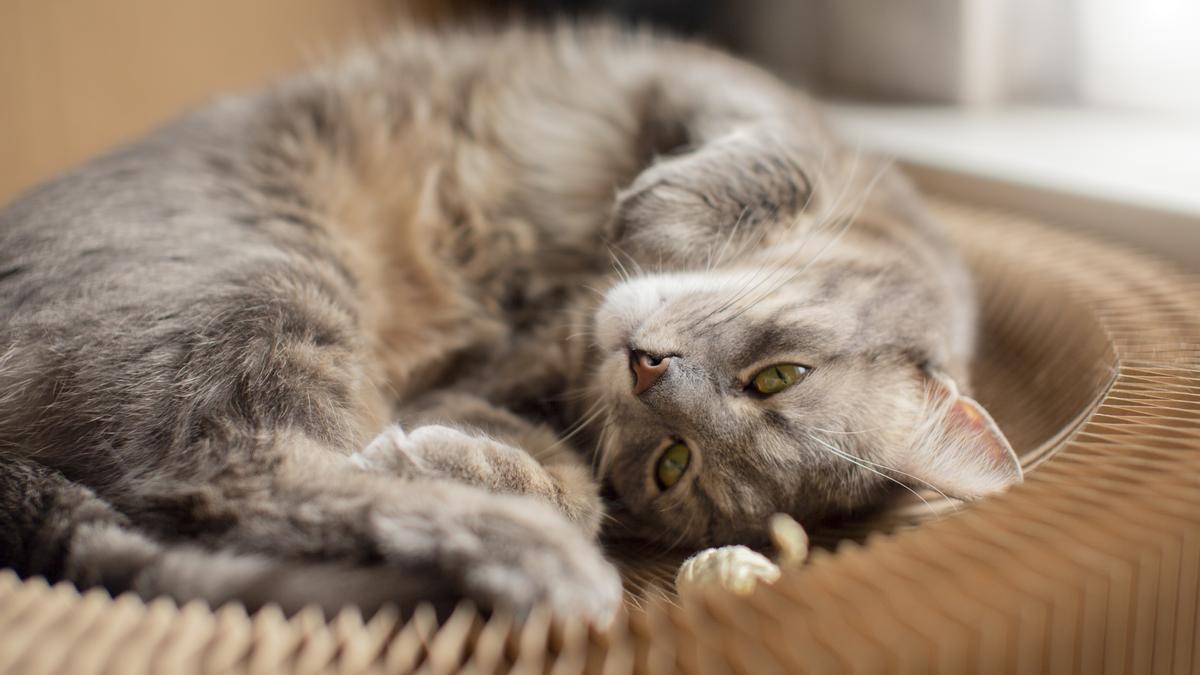this Cats can suffer from a variety of diseases Throughout its existence, it includes some potentially serious and potentially fatal conditions. Therefore, it is important to understand the symptoms and treatments of the disease. this These are the most common feline diseases, along with preventive measures to avoid them.
The most common illnesses in cats are as follows, but remember, the best form of prevention of any disease is disease It’s about sticking to vaccination dates and staying up to date on veterinary visits.
Feline Infectious Peritonitis (FIP): This is an inflammation caused by a virus that affects multiple internal organs in cats. It is spread through the feces of infected cats, which can remain in the environment for weeks. This disease particularly affects young cats, cats under stress, or cats with feline leukemia. Clinical signs include fever, weight loss, loss of appetite, accumulation of fluid in the abdomen (ascites), yellowing of the skin and mucous membranes (jaundice), and breathing problems. Treatment of FIP aims to improve the feline’s quality of life with medications such as corticosteroids, antibiotics, or immunomodulators. The key to preventing this disease is to keep the environment clean and avoid contact with cats that carry the virus.
conjunctivitis: This is one of the most common problems in cats and can occur at any age. It is an inflammation of the mucous membrane of the eye (the membrane that covers it and the inside of the eyelids). If not diagnosed and treated promptly, cats may become blind. It can be caused by eye infections, allergies, various illnesses (those that affect the respiratory system), environmental dirt, trauma, or genetic problems. You may find that your cat has conjunctivitis due to excessive tearing, tearing, or clouding of the cornea.
Urolithiasis: is a disease characterized by the formation of stones or stones in a cat’s urinary tract, which can block the flow of urine and lead to a medical emergency. This is due to factors such as diet, stress, dehydration or genetic predisposition.this symptom They are difficulty or pain with urination, blood in the urine, excessive licking of the genital area, loss of appetite, and depression.he treat It involves unblocking the urinary tract with a catheter or surgery and taking medications to dissolve stones or prevent them from forming, such as antibiotics, pain relievers, antispasmodics, or a special diet.this prevention It is based on providing cats with fresh, clean water, a balanced diet low in minerals, and a calm and enriched environment.
feline leukemia: This is a viral disease that affects a cat’s immune system, making them more susceptible to other infections and tumors. It is spread through contact with the saliva, blood, or urine of infected cats, who may be asymptomatic carriers.this symptom They are anemia, weight loss, anorexia, fever, diarrhea, vomiting, gingivitis, swollen lymph nodes and tumors of different organs.he treat It involves taking medications such as antibiotics, anti-inflammatory drugs, chemotherapy, or blood transfusions to relieve symptoms and avoid complications.this prevention It is based on vaccination of kittens from 8 weeks of age and avoiding contact with infected cats.
otitis: This is inflammation of a cat’s outer, middle, or inner ear and can be caused by mites, bacteria, fungi, allergies, foreign objects, or trauma. Symptoms include shaking the head, ear scratching, head tilt, ear discharge or odor, pain, and loss of balance or hearing.
he treat It involves cleaning the ears and taking medications to eliminate the cause and relieve symptoms, such as antiparasitic drugs, antibiotics, antifungals, or anti-inflammatory drugs.this prevention It’s based on checking and cleaning your cat’s ears regularly and avoiding moisture or excess earwax.
allergy: The most common is Plants, pollen, fungi, perfume, cleaning products, tobacco smoke, flea bites, or certain foods. Your cat has allergies when you notice the following symptoms: coughing, sneezing, runny nose, eye discharge, itchy nose, itchy eyes, hair loss, skin infection, vomiting, or diarrhea.
Feline rhinotracheitis: This is a respiratory disease caused by a virus that affects the cat’s upper respiratory tract. It is spread through direct or indirect contact with infected cats, which may be asymptomatic carriers.this symptom They are sneezing, runny nose and eyes, conjunctivitis, fever, loss of appetite and mouth ulcers.he treat It involves taking medications to relieve symptoms and prevent complications, such as antibiotics, anti-inflammatory drugs, and eye drops.this prevention It is based on vaccination of kittens at 8 weeks of age.

